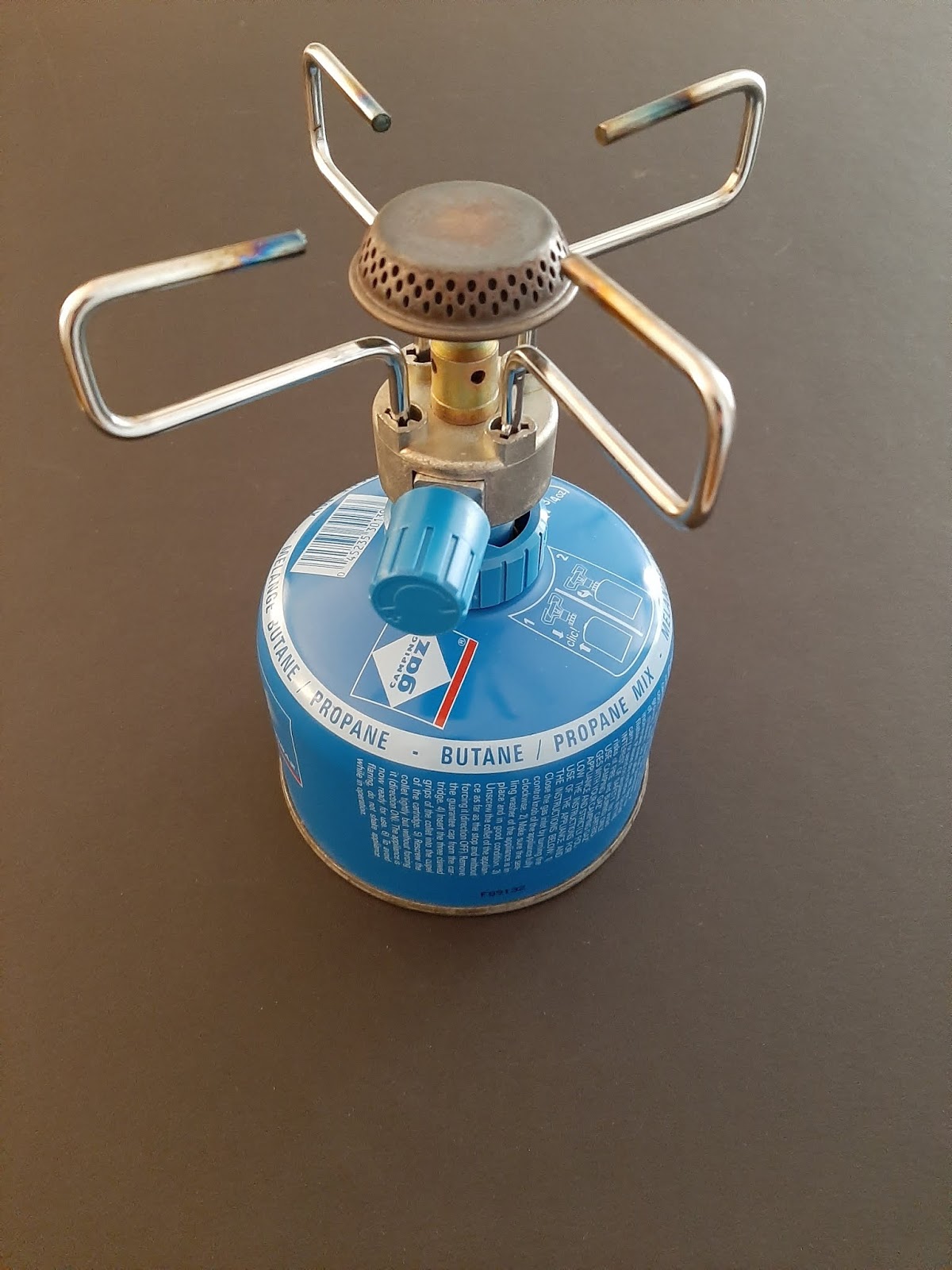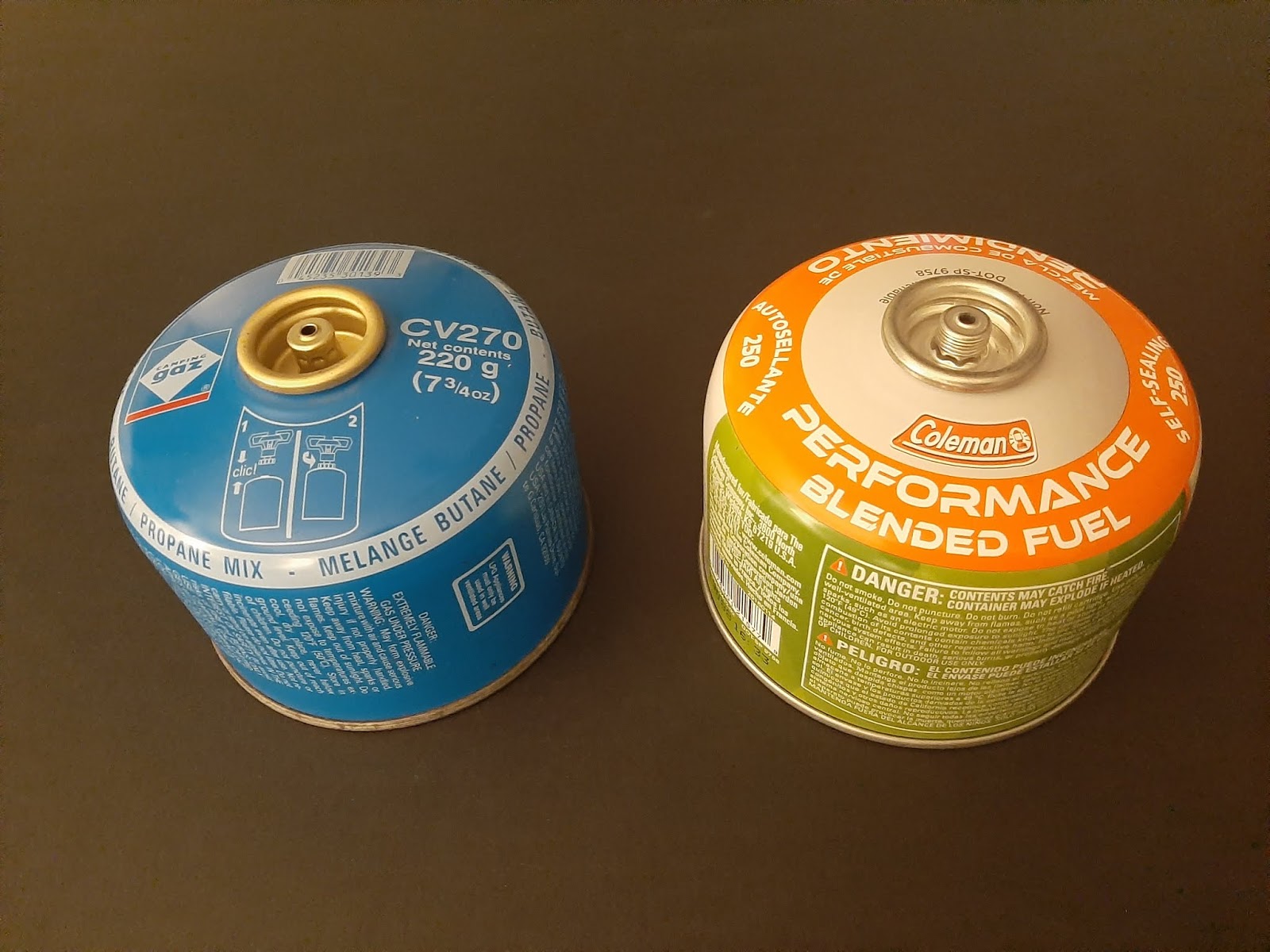Mastering Backpacking Fuel Canister Refills: Save Money and Reduce Waste
Imagine yourself high in the mountains, the sun setting, and your stove sputtering out just as you're about to cook dinner. Running out of fuel can be a real buzzkill on a backpacking trip. But what if you could avoid that scenario and save money while you're at it? Refilling your backpacking fuel canisters can be a game-changer, offering both economic and environmental benefits. Let's dive into the world of fuel canister refills and empower you to take control of your backpacking fuel supply.
Refilling backpacking fuel canisters is a practice that has gained traction among hikers and outdoor enthusiasts seeking cost-effective and sustainable solutions. The process involves transferring fuel from a larger, bulk canister into smaller, reusable canisters typically used with backpacking stoves. It's a clever way to stretch your budget, especially if you spend a significant amount of time in the backcountry.
The rise of refillable canisters coincides with the increasing popularity of lightweight backpacking and a growing awareness of environmental responsibility. Disposing of single-use canisters contributes to landfill waste, and the manufacturing process itself has an environmental footprint. Refilling offers a way to minimize this impact while also cutting down on the recurring cost of buying new canisters. While the practice offers significant advantages, it’s essential to approach it with caution and follow proper procedures to ensure safety.
One of the primary concerns associated with refilling fuel canisters is the potential for leaks and overfilling, which can pose fire hazards. Improper handling of isobutane, the most common backpacking fuel, can be dangerous. It’s crucial to understand the properties of this fuel and adhere to safety guidelines. Additionally, some manufacturers discourage refilling their canisters, citing safety concerns. Understanding these concerns and adopting the right techniques can mitigate the risks and allow you to refill your canisters safely and efficiently.
Before diving into the how-to, it's essential to grasp the basics. Isobutane, the fuel used in most backpacking stoves, is a highly flammable gas stored under pressure in canisters. When refilling, you're essentially transferring this pressurized gas from a larger donor canister to your empty backpacking canister. The key is to control the flow of gas and ensure a safe transfer.
Benefits of refilling your backpacking fuel canisters include substantial cost savings, reduced environmental impact by minimizing waste, and the convenience of not having to search for specific canister brands in remote locations or during emergencies. For instance, refilling a 4oz canister could save you up to 70% compared to buying a new one, making it particularly attractive for frequent backpackers.
To refill your canisters safely, you'll need a refill adapter designed for this purpose. These adapters connect the donor canister and the receiving canister, allowing for controlled fuel transfer. Start by weighing your empty canister to determine its capacity. Then, invert the donor canister and connect it to the refill adapter attached to your empty canister. Allow the fuel to flow slowly until the weight of the receiving canister matches its original full weight, plus a small additional amount (usually specified in the canister's instructions). Always perform this process in a well-ventilated area away from open flames or ignition sources.
Advantages and Disadvantages of Refilling Backpacking Fuel Canisters
| Advantages | Disadvantages |
|---|---|
| Cost Savings | Potential Safety Hazards (if done incorrectly) |
| Reduced Environmental Impact | Canister Degradation over time |
| Convenience | Requires specific equipment (refill adapter) |
Best practices include using a dedicated refill adapter, weighing your canisters to prevent overfilling, performing the refill in a well-ventilated area away from any ignition sources, and storing refilled canisters properly. Always inspect your canisters for damage before and after refilling.
Frequently asked questions include: How much money can I save by refilling? Is refilling safe? What equipment do I need? How do I know when my canister is full? What are the common mistakes to avoid? Can I refill any type of canister? Where should I store refilled canisters? What are the legal regulations regarding refilling fuel canisters?
Refilling your backpacking fuel canisters can empower you to take control of your backcountry fuel supply. By understanding the process, adhering to safety guidelines, and embracing best practices, you can enjoy the economic and environmental benefits of this practical and sustainable approach to backpacking fuel management. Refilling isn't just about saving money; it's about reducing your impact on the environment and ensuring you always have the fuel you need for your next adventure. So, pack your bags, grab your refilled canisters, and head out into the wilderness with confidence, knowing you're equipped for anything.
Decoding that racket understanding air conditioner noise
Unpacking historys core what is historical thinking
Unlocking the vault most handsome anime guys to steal your heart














